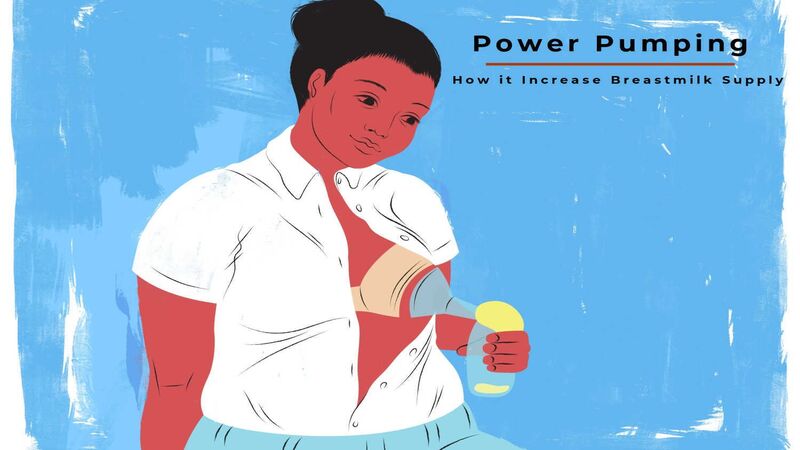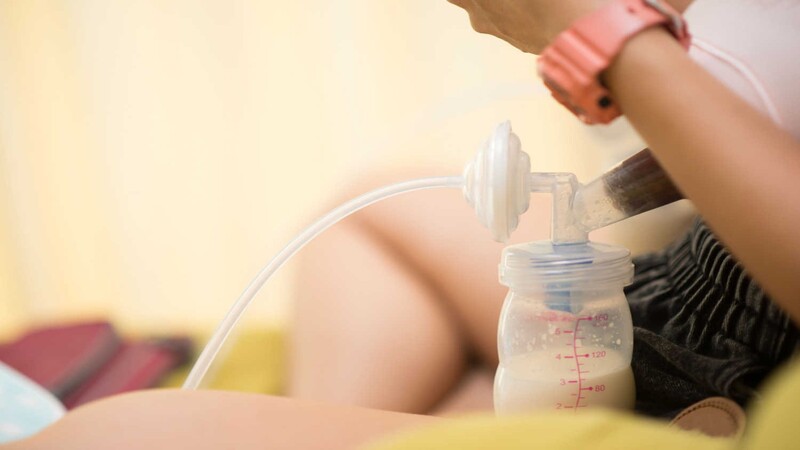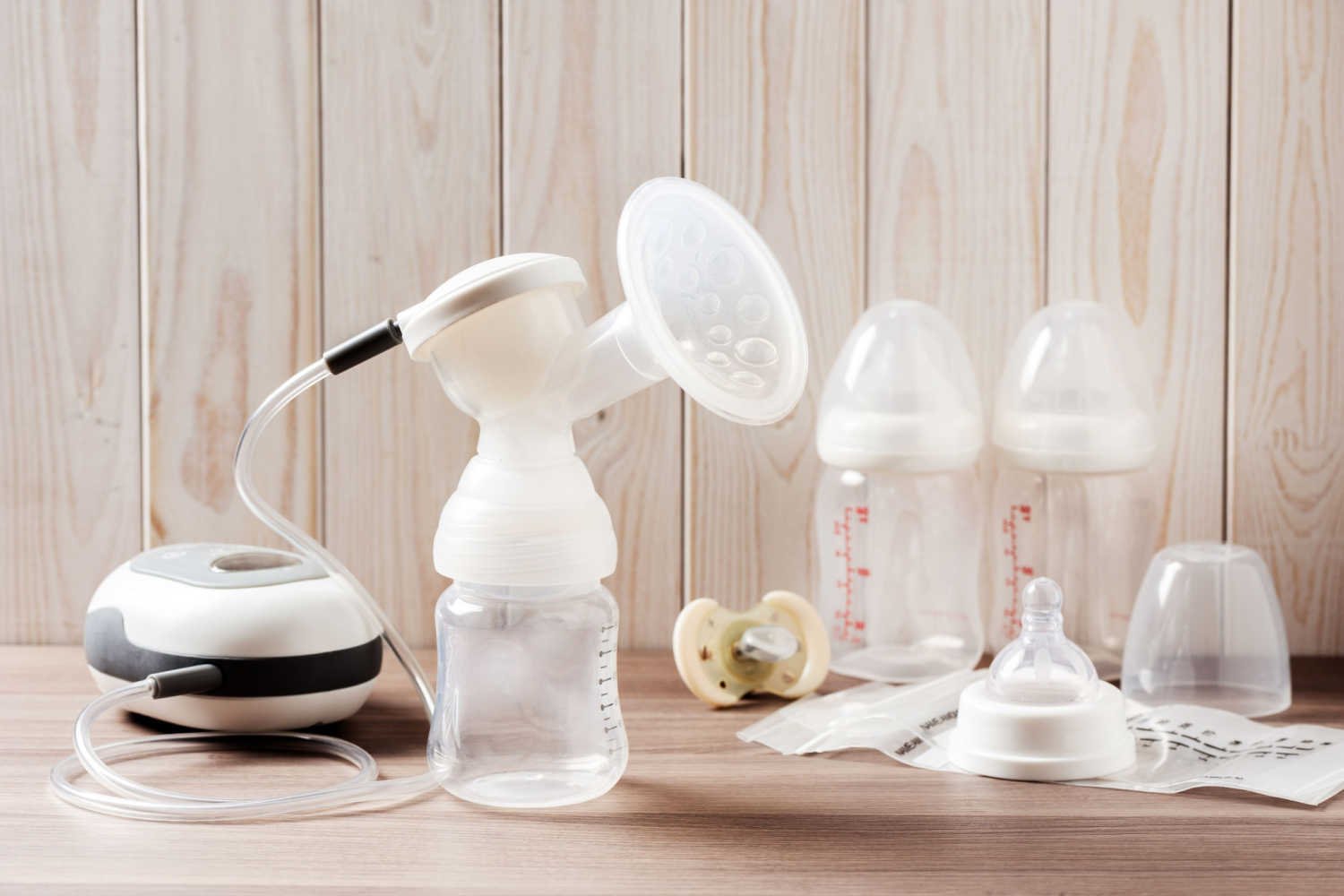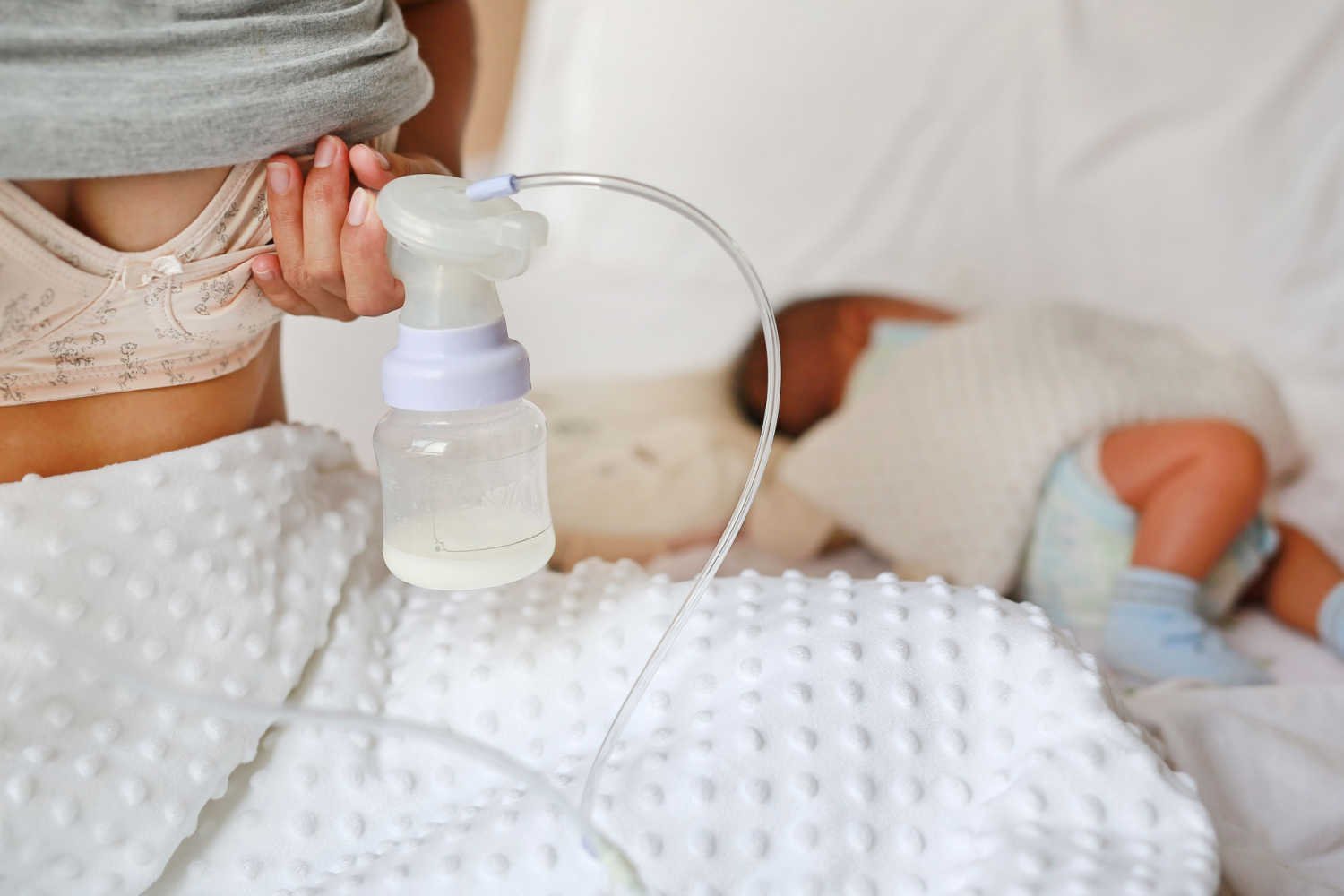
After childbirth, your life will undergo drastic changes. Gone are the days of uninterrupted sleep—at least for the first year. You’ll find yourself breastfeeding every 2 to 3 hours, no matter how tired you feel. Breastfeeding is the most essential task you’ll undertake in the early months, but it’s not always an easy one. The situation becomes even more challenging when there is a lack of breast milk supply. This is where power pumping can make a significant difference.
Power pumping is a popular technique used by breastfeeding mothers to increase breast milk supply. Many wonder, is power pumping safe for both mother and baby? When done correctly, it can be an effective way to stimulate milk production and ensure your baby gets the nourishment they need. To maximize results, it’s essential to follow proven breast milk production tips. If you’re unsure of how to power pump effectively, the process typically involves pumping in a specific pattern to mimic the natural cluster feeding behavior of your baby. With consistency and the right approach, power pumping can help boost your milk supply naturally
What is Power Pumping?
Power pumping is the process of initiating more milk production by artificially stimulating the breasts. In power pumping, a pumping mechanism is used to pump your breastmilk in a bottle. It creates the same mechanism in your body when you cluster feed (frequently feeding the baby with fewer time gaps).
In power pumping, by creating frequent suction at your areola part you send the message to your body that more milk production is required. Your body in response will release more prolactin and oxytocin to produce and release more milk.
Why Should Mothers Consider Power Pumping?

Mothers should consider power pumping as it is a time-saving, effortless, and effective method to boost milk supply. If you feel that your milk supply is insufficient and your baby remains hungry after feeding, it’s worth trying.
Many factors can affect your milk flow, including stress, illness, and eating habits. Working mothers often struggle to find enough time to breastfeed. Additionally, some babies may have difficulty latching correctly. If you frequently supplement with formula or top-feed your baby, they may become less willing to breastfeed over time. As a result, your milk flow may decrease.
To enhance your milk supply again, try power pumping.
Is Power Pumping Safe?
Power pumping is safe as long as you follow a few precautions. Do not use this technique if you have enough milk supply that is sufficient to feed your baby. Remember not to over-pump as this can lead to overproduction of milk. Too much milk production can cause you to experience conditions such as heavy and full breasts, infections, and conditions such as mastitis. (1) Also, be careful with the suction power when you are working with an electric pump. Using excessive suction power to pump out milk can cause problems and also lead to breast tissue damage.
How Can Power Pumping Help Increase Breast Milk Supply?
Power pumping essentially mimics the process of cluster feeding. Let’s say your baby is cluster feeding, meaning that they seem to be hungry all the time and demanding milk with more frequency than normal. In this case, the brain gets a signal that the baby needs more milk. The body produces more hormones, which will allow the production of more milk to meet the baby’s increased milk requirements.
Similarly, through power pumping, you are stimulating your breasts to produce more milk, which sends a signal to the brain, resulting in increased hormone production, which will result in an increased breast milk supply.
[Read: Cluster Feeding In Babies]
How to Power Pump Breast Milk?

To power pump breast milk and get an effective result, follow these steps:
- Wash and clean the pump’s flanges and bottles.
- Take the cleaned flanges of the pump and put your nipples at the center of each flange.
- Switch on the pump at a slow speed so that it can mimic the suction motion of the baby
- Now follow your preferred pumping schedule. Here is a pumping schedule you can try:
- Pump for 20 minutes
- Give a break for 10 minutes
- Again, pump for 10 minutes
- Take a rest for 10 minutes
- Pump again for 10 minutes
Try this one-hour session one or two times per day. Another power pump session that you can follow is:
- Pump for 5 minutes
- Take a rest for 5 minutes
- Pump again for 5 minutes
- Rest for 5 minutes
- Pump for 5 minutes
This is a 25-minute session. So, you will have to repeat it 4 to 5 times daily to get a good result.
How Frequently Should You Pump?
You can choose a pumping schedule that works best for you, aiming to spend at least one hour each day on power pumping. For improved results, consider adding another hour of the same routine at a time that is convenient for you. The frequency of power pumping will depend on how your body responds to it. Some mothers may see excellent results with one-hour sessions over a few days, while others might need to do two-hour sessions for a week or two to increase their milk flow effectively.
How to Choose a Breast Pump For Power Pumping?

For power pumping, electronic power pumps are more efficient than manual ones. With a dual electric automatic power pumping setup, you can sit and boost your milk production while having some snacks or watching TV. You can also try manual pumps as they are cheaper than electric ones, but they will make your hands tired soon and take more time too.
When choosing breast pumps, opt for a trusted brand that uses BPA-free, non-toxic plastic.
[Read: How to Choose the Right Breast Pump For Your Baby?]
Top 5 Tips to Make Pumping More Comfortable For Mothers
Pumping breast milk is a tricky process. The wrong method or constant tries can make your breasts and nipples sore. As a result, you may feel pain while breastfeeding your baby. Don’t worry. Here are some tips for you to make your pumping sessions comfortable.
- First, sit in a comfortable position and relax. Making your body and mind relax will help in the release of prolactin easily.
- Your baby should be sleeping at that time, or there should be someone else to look after your baby while you sit for power pumping
- Play your favorite music or watch your favorite show, and eat some fruit to relax your mind and utilize the time properly.
- Hydrate your body properly. Drink enough water, as your breastmilk contains more than 80% water. (2)Lack of water in the body will hamper milk flow. So drink water before and during your pumping session.
- Massage your breasts before pumping and also while you take a rest in between. This will relax your breast muscles and help you to function properly. Massage from your armpits to your nipple in a downward direction.
[Read: How Much Water To Drink When Breastfeeding?]
Advantages of Power Pumping

The advantages of power pumping are:
- It increases milk supply by giving a message to your body that more milk is required.
- It helps you to store breastmilk for later use. You can sleep soundly at night and let someone else take care of feeding your baby.
- You can measure the amount of breastmilk you are producing and check if it is increasing or not
- It keeps your breast free from milk ducts.
- It can save you from breast issues, which can occur due to clogged ducts.
Disadvantages of Power Pumping
The disadvantages of power pumping are:
- You will have to clean the bottles and the suction tubes, and the flanges before every use. This is a huge job when you have to look after a small baby.
- Electric pumps are expensive. Though manual pumps are a lot cheaper than electric ones, they are not that effective.
- It is ultimately a machine. It can imitate your baby’s cluster feeding, but it cannot bring out your feelings while you breastfeed. As a result, it can sometimes take time for milk letdown.
When Should I Consider Stopping Power Pumping?
You need to stop power pumping when you get the required milk flow. You can feel that your baby is getting enough milk with little effort. Your baby is satisfied after each breastfeeding session. Then you can stop power pumping and focus entirely on breastfeeding.
So, power pumping is an effective way to increase breast milk for your baby. It is a very good solution when you have a premature baby or a baby with a cleft palate and poor latch. But if your baby is cluster feeding and you are having a good supply of breastmilk, then there is no need for power pumping for you. Power pumping then can cause an overflow of breast milk. Always consult with your doctor before trying anything new.
FAQ’s
1. Does Pumping Help With Clogged Milk Ducts?
Yes, pumping helps to clear the milk ducts. If your baby has a poor latch and does not drain out the entire breastmilk, then clogged ducts occur. To clear ducts, you can also apply a heating pad or a warm cloth.
2. What is the Best Time to Do Power Pumping?
Though you can try power pumping anytime you prefer, the best time is the morning, as your milk supply will be higher in the morning than in the evening.
3. Will Pumping Every 2 Hours Increase Milk Supply?
Yes, to get effective results, you can try pumping every 2 hours for the initial two to 3 days. After this, you can shift to pumping once or twice a day.
4. Should I Keep Pumping if No Milk is Coming Out?
Yes, you must follow your pumping schedule even if milk does not come out. The constant stimulation will eventually make your body work more for milk production, and the condition will resolve next time.
5. Can Pumping Too Much Decrease Milk Supply?
Pumping too much can harm your breasts. It can cause much more milk production than needed. As a result, blocked milk ducts, engorgement, and mastitis can occur.
Read Also: Exclusive Pumping – Breastfeeding Without Nursing
Reference
- Pevzner M, Dahan A. Mastitis While Breastfeeding: Prevention, the Importance of Proper Treatment, and Potential Complications. J Clin Med. 2020 Jul 22;9(8):2328 – https://pmc.ncbi.nlm.nih.gov/articles/PMC7465810/
- Kim SY, Yi DY. Components of human breast milk: from macronutrient to microbiome and microRNA. Clin Exp Pediatr. 2020 Aug;63(8):301-309 – https://pmc.ncbi.nlm.nih.gov/articles/PMC7402982/
